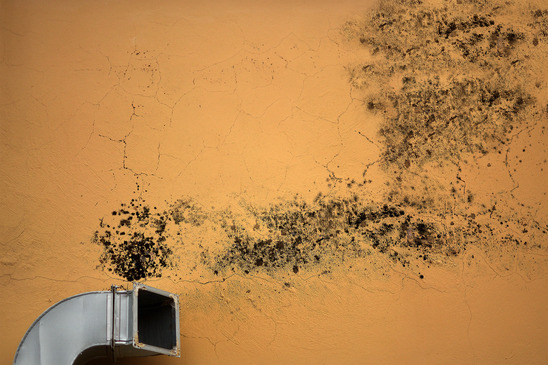
Know Thy Enemy: 3 Multifarious Molds to Watch Out For
Fungi grow by releasing spores into the air. These reproductive cells are not visible to the naked eye, and when you consider that there can be thousands of mold spores in any given cubic foot of indoor air, it is not hard to see why mold growth prevention can be tricky. Even if growth conditions are not ideal, many spores can lie dormant for years until the environment becomes more suitable. The most common places that you will spot mold growth include the spaces beneath bathroom and kitchen sinks, the gap behind appliances where slow plumbing leaks are common, around the edges of windows, and any other humid part of the home. If you are going to stand up to stubborn mold growth, then you should know that there are three main types of fungus to watch out for:
- Allergenic mold is not typically lifethreatening, but can be quite problematic if you have a prexisting respiratory condition. If you are allergic or asthmatic, allergenic mold can be an issue.
- Pathogenic mold generally produce some kind of infection, which can be harmful to your health especially if your immune system is already compromised. Pathogenic molds can cause hypersensitivity pneumonitis, a kind of acute response that resembles bacterial pneumonia. Individuals with compromised immune systems may be at risk of lung conditions such as Aspergillus fumigatus.
- Toxigenic mold is probably what you have heard spoken of in the news. These “toxic molds can have serous health effects on whomever comes into contact with them. Reactions to toxigenic mold exposure range from immunosuppression and headaches to cancer. Toxic molds put you at risk of inhaling mycotoxins, which are some of the most potent carcinogens known to mankind.

